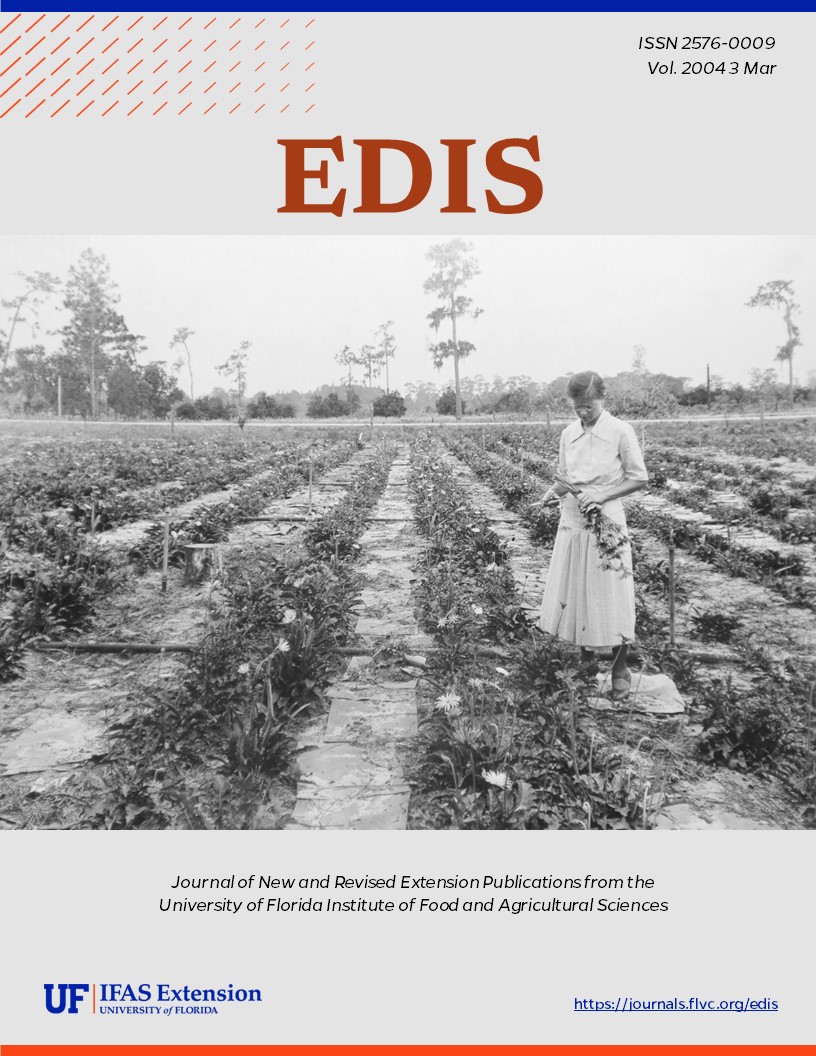Abstract
The field is a complex environment with many factors that can interact to influence the growth of a corn plant. These factors can be in the form of insects, diseases, nematodes and weeds (biotic); or, they can be factors such as weather, nutrients, or chemicals (abiotic). Under optimum conditions, production of field corn can exceed over 200 bushels of corn per acre; under totally unfavorable conditions, every corn plant can die. This guide was prepared to help identify problems so the proper corrective measures can be taken to minimize or prevent yield losses. For any corrective action to be successful, early detection is essential. This document is SS-AGR-200, a publication of the Department of Agronomy, Florida Cooperative Extension Service, Institute of Food and Agricultural Sciences, University of Florida. Publication Date: February 2004.
SS-AGR-200/AG201: Field Corn Production Problems: A Diagnostic Guide (ufl.edu)
Unless otherwise specified, articles published in the EDIS journal after January 1, 2024 are licensed under a Creative Commons Attribution-NonCommercial-NoDerivs 4.0 International (CC BY-NC-ND 4.0) license.

